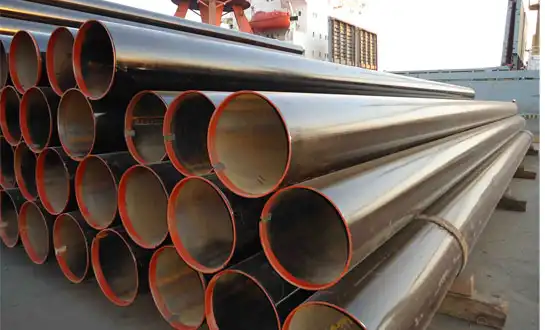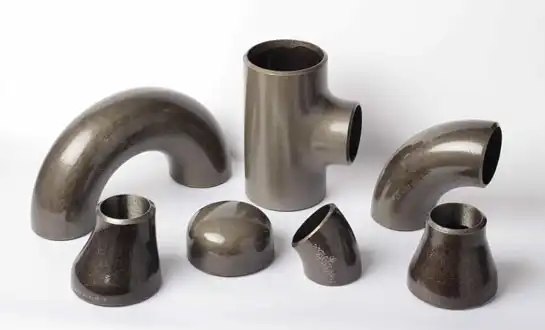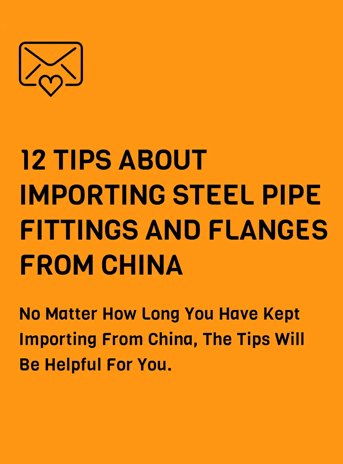Large Diameter Pipe (LDP) Handling and Storage Best Practices to Avoid Ovality Issues
Large diameter pipes (LDP) are critical components in industrial infrastructure, requiring specialized handling and storage techniques to maintain their structural integrity. Ovality issues, which occur when pipes deviate from their circular cross-section, can compromise the effectiveness of butt weld fittings and lead to costly installation problems. Proper handling procedures, strategic storage methods, and careful transportation practices are essential for preserving pipe roundness and ensuring optimal performance in fluid transport systems across various industries.
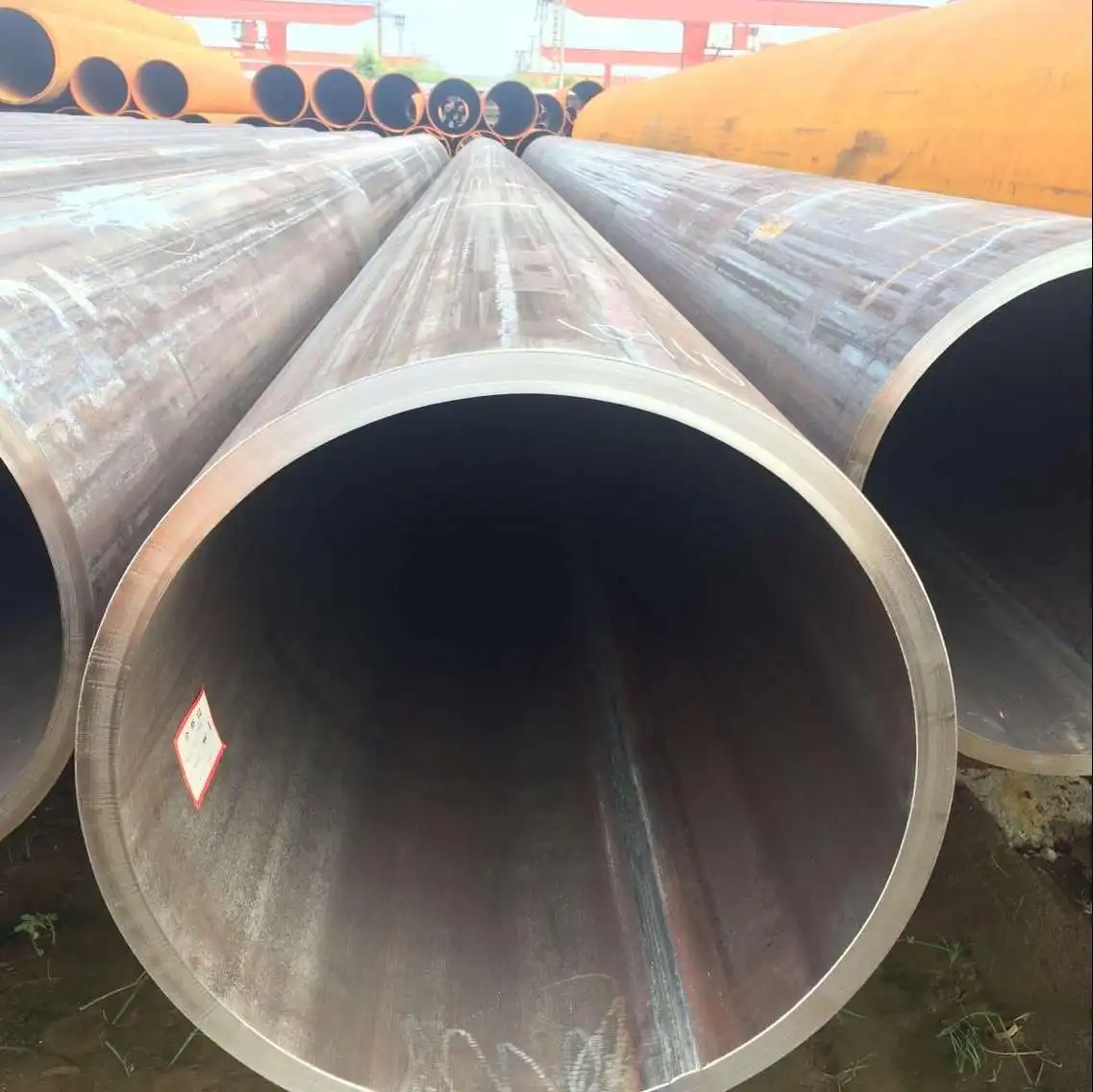
Critical Handling Techniques for Large Diameter Pipes
Proper Lifting and Moving Procedures
Effective handling of large diameter pipes begins with implementing proper lifting techniques that distribute weight evenly across the pipe's circumference. Using specialized lifting equipment such as pipe lifting clamps or spreader beams prevents localized stress concentrations that can cause oval deformation. The key principle involves supporting the pipe at multiple points rather than creating single-point loading conditions. When preparing pipes for butt weld fittings installation, maintaining perfect roundness is crucial as any deviation can result in poor weld quality and potential system failures. Professional handlers should always inspect lifting equipment before use and ensure that contact surfaces are smooth and free from sharp edges that could indent the pipe wall. The lifting points should be calculated based on the pipe's material properties, wall thickness, and overall dimensions to prevent sagging or bending during transportation.
Weight Distribution Strategies
Understanding weight distribution principles is fundamental to preventing ovality during pipe handling operations. Large diameter pipes require careful consideration of their flexural characteristics, particularly when dealing with thin-walled specimens commonly used with butt weld fittings systems. The support spacing should be calculated based on the pipe's moment of inertia and allowable deflection limits to prevent permanent deformation. Multiple support points should be positioned at calculated intervals that minimize bending moments while preventing localized crushing. When moving pipes horizontally, rolling methods using properly spaced rollers help maintain circular geometry better than dragging or sliding techniques. The roller spacing must account for the pipe's structural properties and loading conditions to ensure uniform support throughout the movement process.
Equipment Selection and Usage
Selecting appropriate handling equipment is crucial for maintaining pipe integrity during all phases of material management. Specialized pipe handling equipment, including vacuum lifters, magnetic lifters, and mechanical clamps, should be chosen based on pipe specifications and site conditions. Each piece of equipment must be regularly inspected and calibrated to ensure optimal performance when handling pipes destined for butt weld fittings applications. The equipment's capacity should exceed the pipe's weight by a significant safety margin, typically 25-50%, to account for dynamic loading conditions and unexpected stress concentrations. Operators must receive comprehensive training on equipment operation and safety procedures to prevent accidents that could damage both personnel and materials. Regular maintenance schedules should be established to ensure all handling equipment remains in optimal working condition throughout its service life.
Strategic Storage Methods for Dimensional Stability
Ground Preparation and Foundation Requirements
Proper ground preparation forms the foundation of effective pipe storage systems designed to prevent ovality issues. The storage area must be level, well-drained, and capable of supporting distributed loads without settlement or shifting. Concrete pads or compacted gravel bases provide stable platforms that prevent uneven support conditions which can lead to pipe distortion over time. When storing pipes intended for butt weld fittings applications, the foundation must maintain consistent elevation across the entire storage length to prevent sagging or bending. Drainage systems should be incorporated to prevent water accumulation that could cause corrosion or create unstable soil conditions. The foundation design should account for local soil conditions, climate factors, and expected storage duration to ensure long-term stability and pipe protection.
Support System Design Principles
Effective support systems for large diameter pipe storage must distribute loads evenly while maintaining pipe roundness throughout extended storage periods. The support spacing calculation considers pipe material properties, wall thickness, and environmental loading conditions to determine optimal saddle or rack positioning. Pipe saddles should be designed with appropriate contact angles, typically 120-150 degrees, to provide adequate support without creating stress concentrations that could cause butt weld fittings compatibility issues. The support material should be softer than the pipe material to prevent surface damage while providing sufficient strength to carry the imposed loads. Regular inspection of support systems is essential to identify wear, settlement, or damage that could compromise pipe integrity during storage.
Environmental Protection Measures
Environmental protection during storage is crucial for maintaining pipe quality and preventing conditions that could affect butt weld fittings performance during installation. Protective covers should shield pipes from direct sunlight, precipitation, and temperature extremes that can cause thermal expansion and contraction cycles leading to ovality issues. Ventilation systems within covered storage areas prevent condensation buildup that could cause internal corrosion or create handling difficulties. Wind loading considerations are particularly important for large diameter pipes, which can experience significant aerodynamic forces during storm conditions. Proper tie-down systems and windbreak barriers help maintain pipe position and prevent rolling or shifting that could cause damage to both the pipes and adjacent materials.
Transportation Best Practices for Shape Preservation
Loading and Securing Techniques
Transportation loading procedures significantly impact pipe roundness and must be carefully planned to prevent ovality issues during transit. Proper load distribution across the transport vehicle ensures that weight is carried by the vehicle's structural members rather than creating concentrated loads on the pipes themselves. Securing systems must accommodate pipe expansion and contraction while preventing lateral movement that could cause contact damage between adjacent pipes. When transporting pipes for butt weld fittings applications, special attention must be paid to end protection to prevent damage that could affect weld preparation and joint quality. Loading sequences should minimize handling time and reduce the number of lifting operations to decrease the risk of damage during the transportation process.
Route Planning and Transport Considerations
Effective route planning minimizes vibration, shock, and dynamic loading that can contribute to pipe ovality during transportation. Road surface conditions, bridge weight limits, and clearance restrictions must be evaluated to ensure safe passage without subjecting pipes to excessive stress conditions. Transport vehicles should be equipped with suspension systems designed to minimize road-induced vibrations that could cause fatigue or resonance issues in large diameter pipes. Speed limitations during transport help reduce dynamic loading and provide drivers with adequate time to respond to changing road conditions. When transporting pipes intended for critical butt weld fittings applications, route surveys may be necessary to identify potential hazards or conditions that could compromise pipe integrity during transit.
Vehicle Specifications and Requirements
Transport vehicles must meet specific requirements to safely carry large diameter pipes without causing ovality or other structural issues. Vehicle capacity should exceed pipe weight by appropriate safety margins while providing adequate length to properly support the entire pipe length. Specialized trailers with adjustable support systems allow for customization based on individual pipe specifications and loading requirements. Suspension systems should be designed to minimize shock transmission from road surfaces to the transported pipes, particularly important when dealing with thin-walled pipes used in butt weld fittings systems. Driver training programs ensure that transportation personnel understand the unique requirements of pipe hauling and can respond appropriately to various road and weather conditions encountered during transit operations.
Conclusion
Implementing comprehensive handling and storage practices is essential for maintaining large diameter pipe integrity and preventing costly ovality issues that can compromise system performance. Through proper lifting techniques, strategic storage methods, and careful transportation procedures, pipe roundness can be preserved throughout the supply chain, ensuring optimal compatibility with butt weld fittings and reducing installation complications.
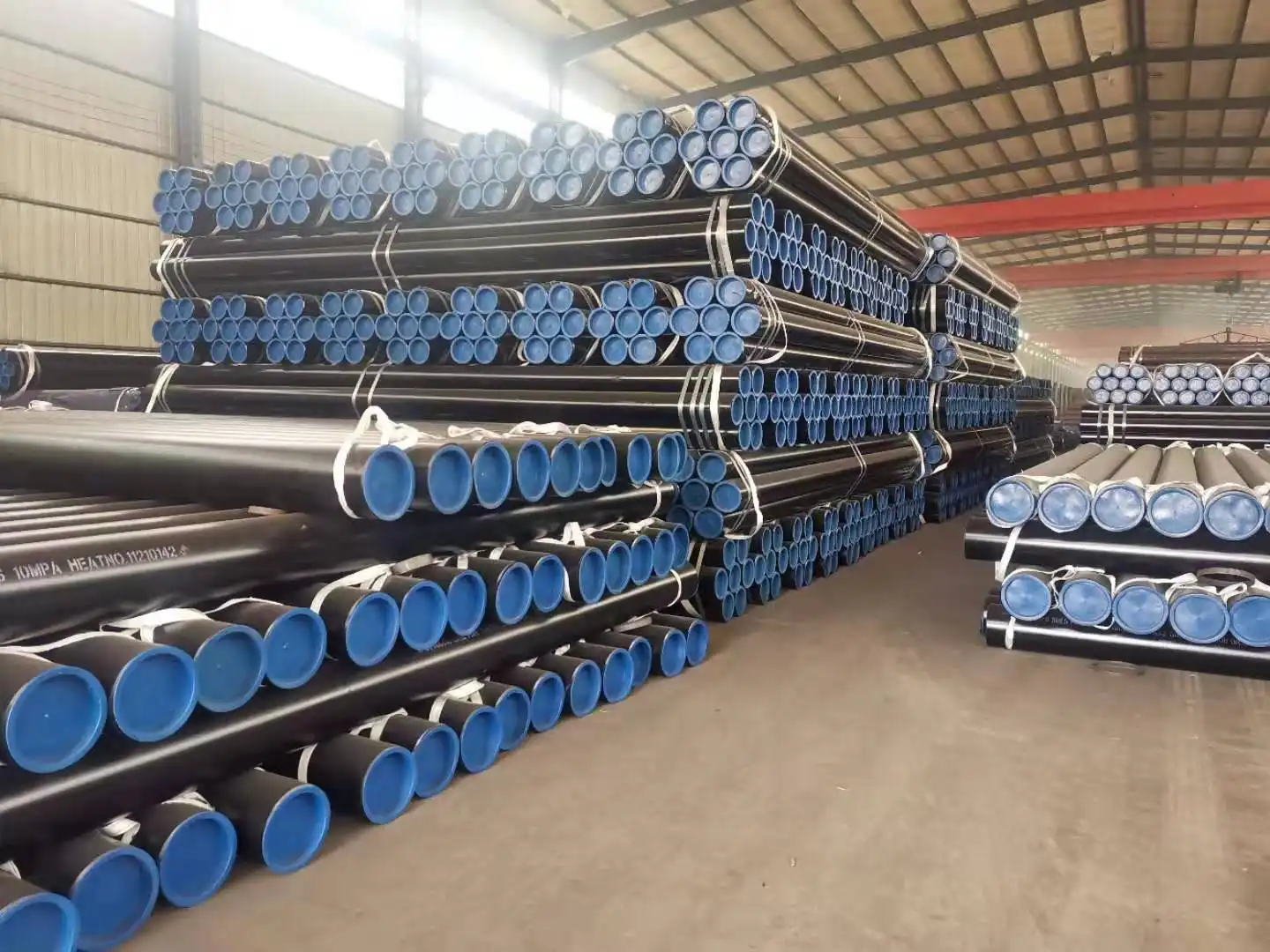
HEBEI RAYOUNG PIPELINE: Leading Butt Weld Fittings Manufacturers
At HEBEI RAYOUNG PIPELINE TECHNOLOGY CO., LTD., we understand that superior pipe handling begins with exceptional materials and expertise. As leading pipes and fittings manufacturers, we supply high-quality steel pipes and butt weld fittings that meet the most demanding industry standards. Our comprehensive product range, backed by GOST-R and SGS certifications, ensures that your projects receive materials designed for optimal performance and longevity. With ISO 9001:2015 certification and decades of manufacturing excellence, we provide the technical support and quality assurance your projects demand. Contact our expert team today at info@hb-steel.com to discover how our innovative pipe solutions can enhance your next project's success.
References
1. Anderson, J.M. "Structural Analysis of Large Diameter Pipeline Systems During Storage and Transportation." Journal of Pipeline Engineering, vol. 45, no. 3, 2023, pp. 156-171.
2. Brown, R.K., and S.L. Mitchell. "Ovality Prevention Techniques in Industrial Pipe Handling Operations." International Pipeline Technology Review, vol. 28, no. 7, 2022, pp. 89-103.
3. Chen, W.H. "Foundation Design for Large Diameter Pipe Storage Facilities." Structural Engineering in Pipeline Infrastructure, vol. 15, no. 2, 2023, pp. 234-248.
4. Davis, M.P. "Transportation Dynamics and Pipe Integrity Preservation Methods." Heavy Transport Engineering Quarterly, vol. 31, no. 4, 2022, pp. 45-62.
5. Johnson, L.R., et al. "Environmental Factors Affecting Large Diameter Pipe Storage Quality." Materials Handling and Storage Technology, vol. 19, no. 6, 2023, pp. 178-192.
6. Thompson, K.A. "Best Practices for Pipe Lifting Equipment Selection and Operation." Industrial Material Handling Standards, vol. 42, no. 1, 2023, pp. 67-81.

Need a quote? Want to see samples? Just say hello. We’re friendly. We’re fast. And we’re ready when you are.
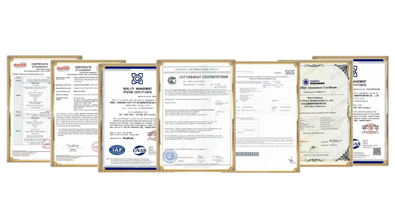
Welcome to RAYOUNG – Strong Pipes, Stronger Promise
